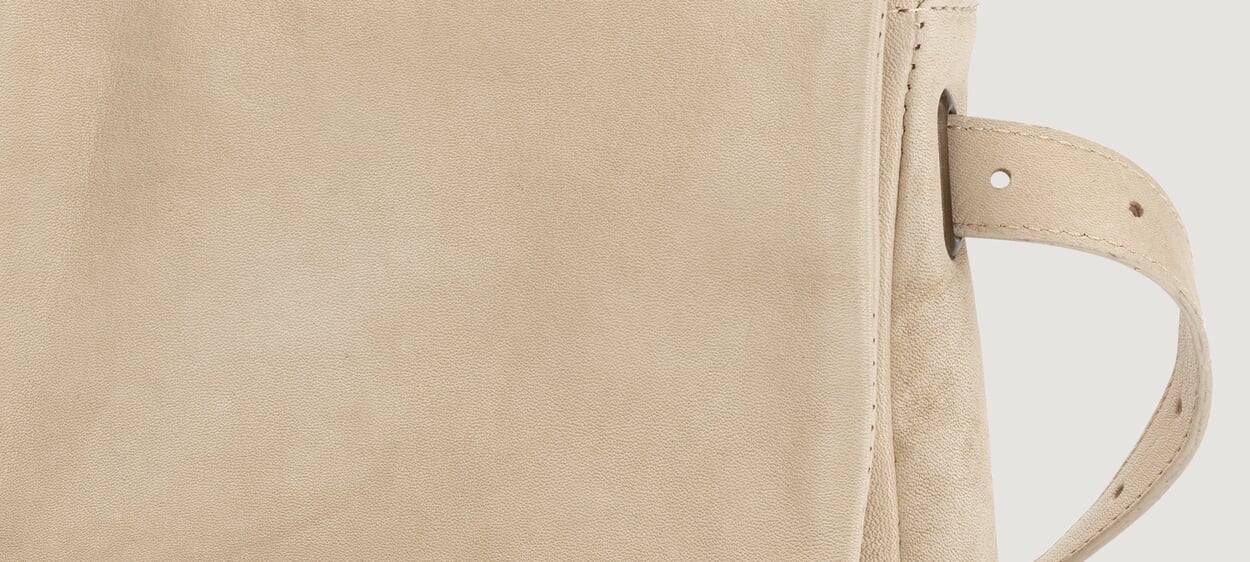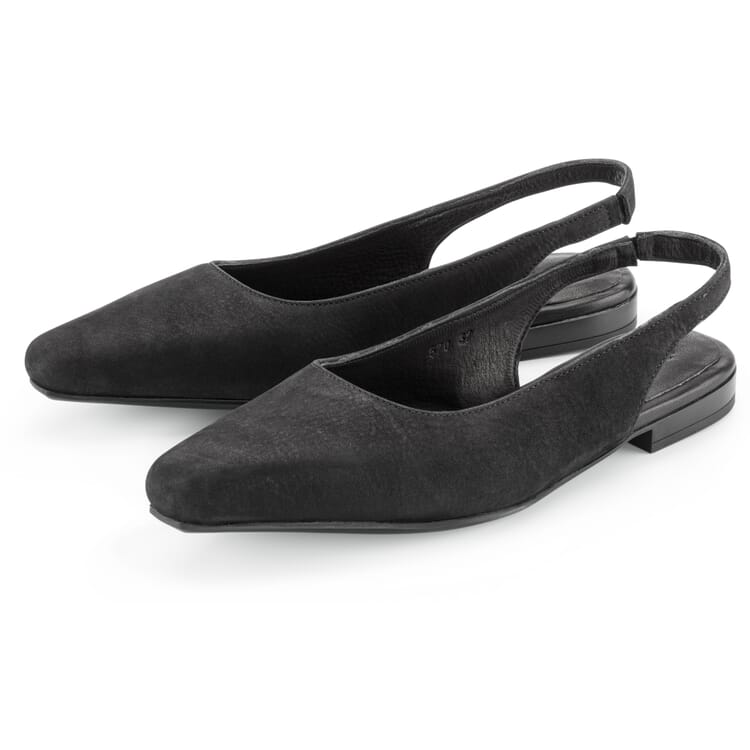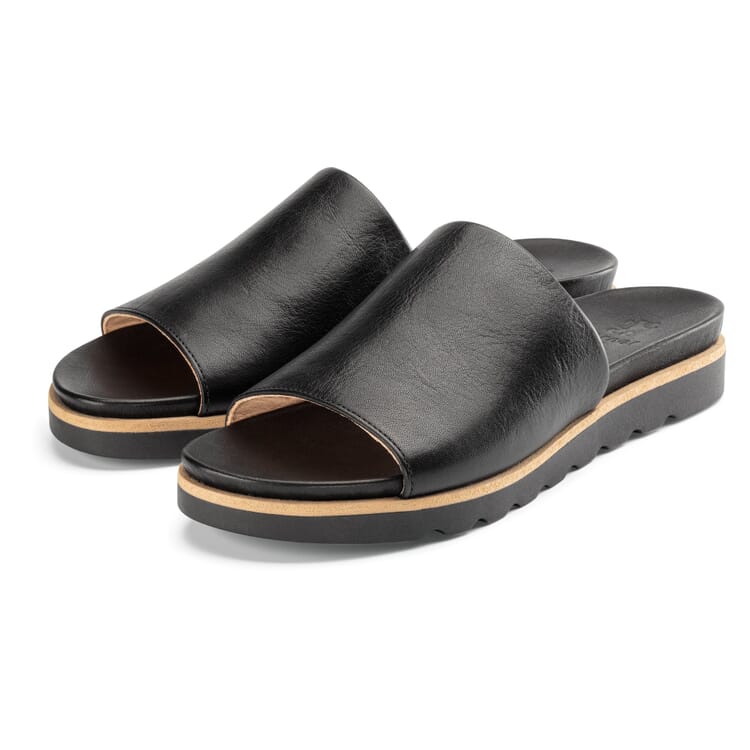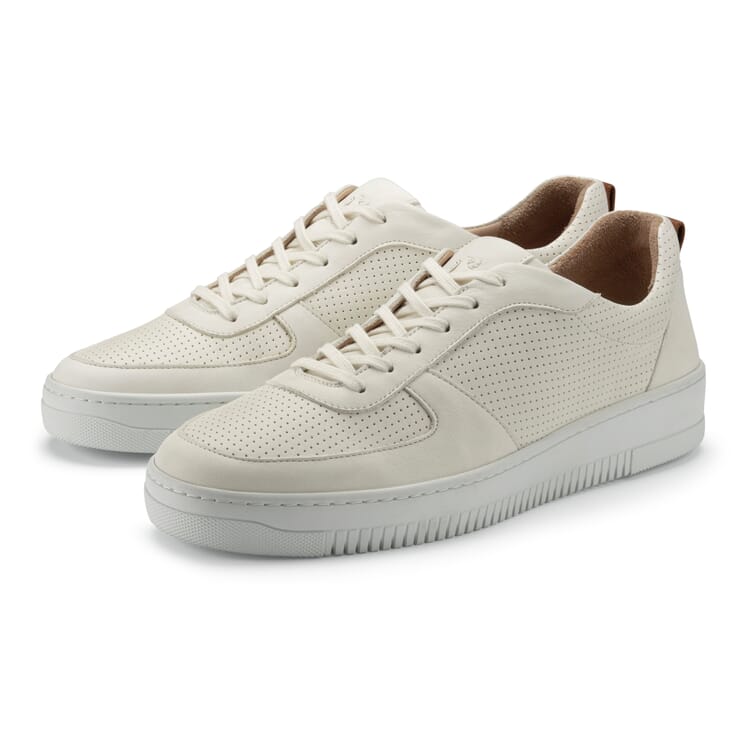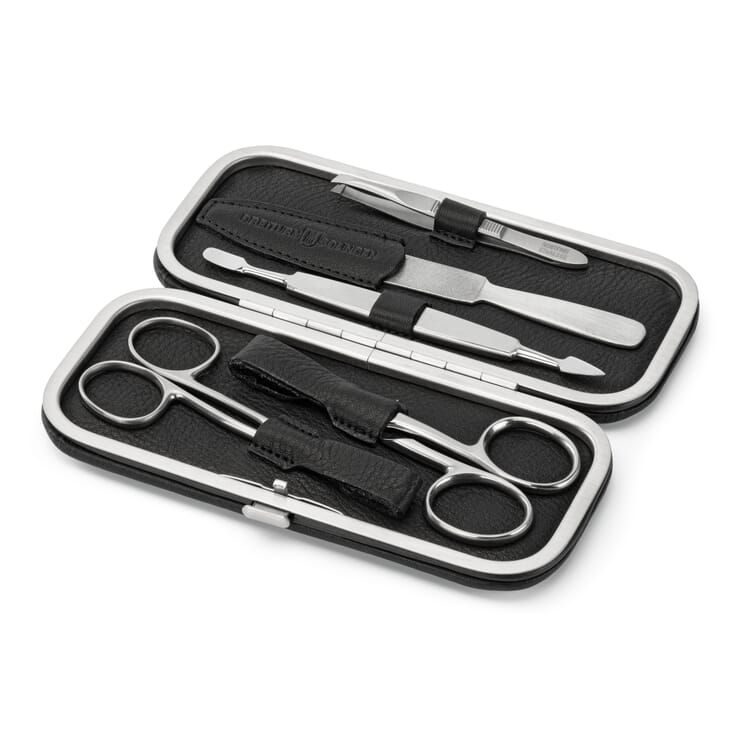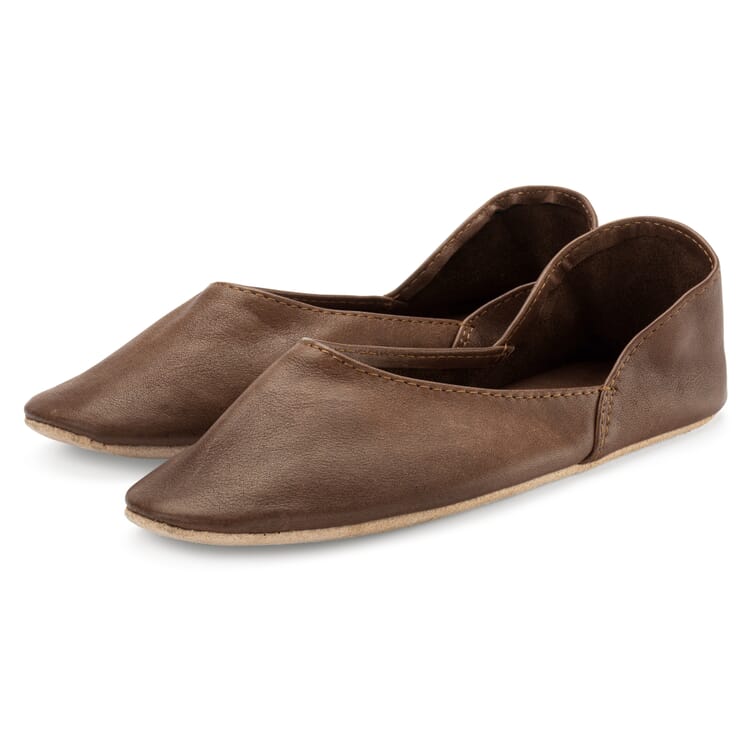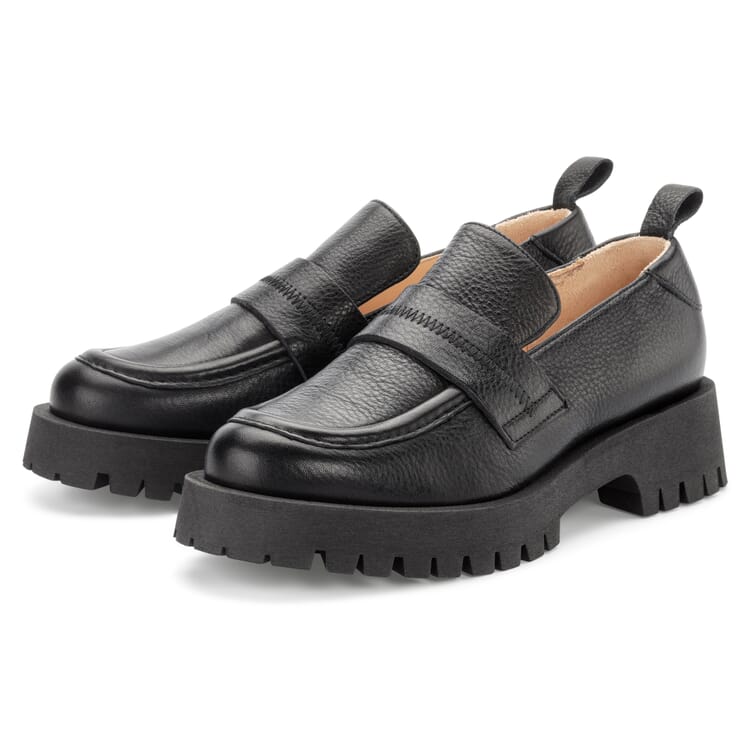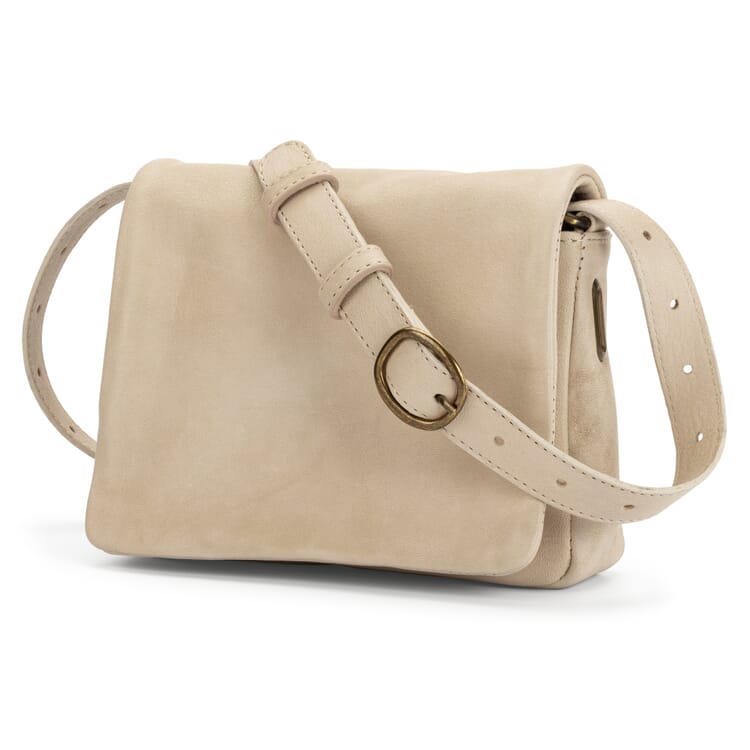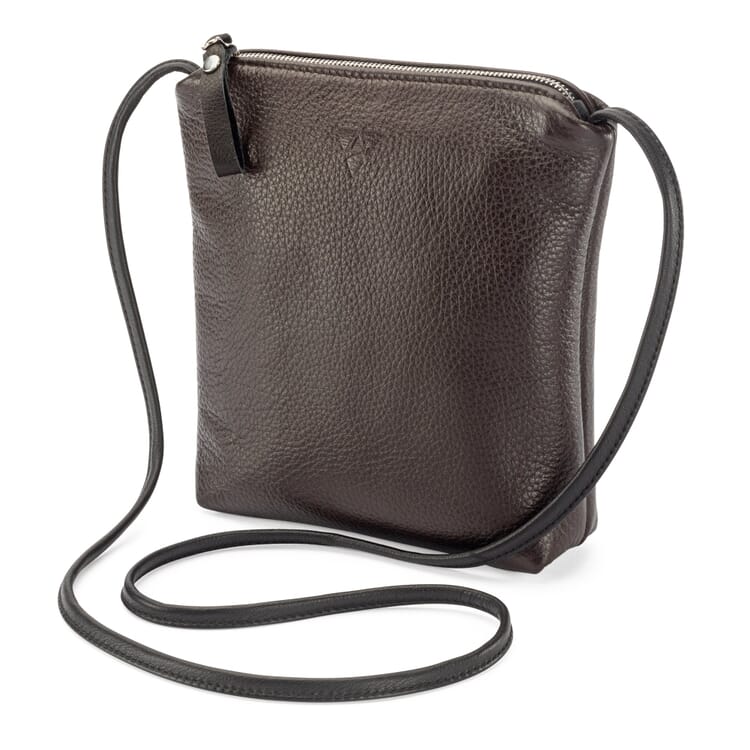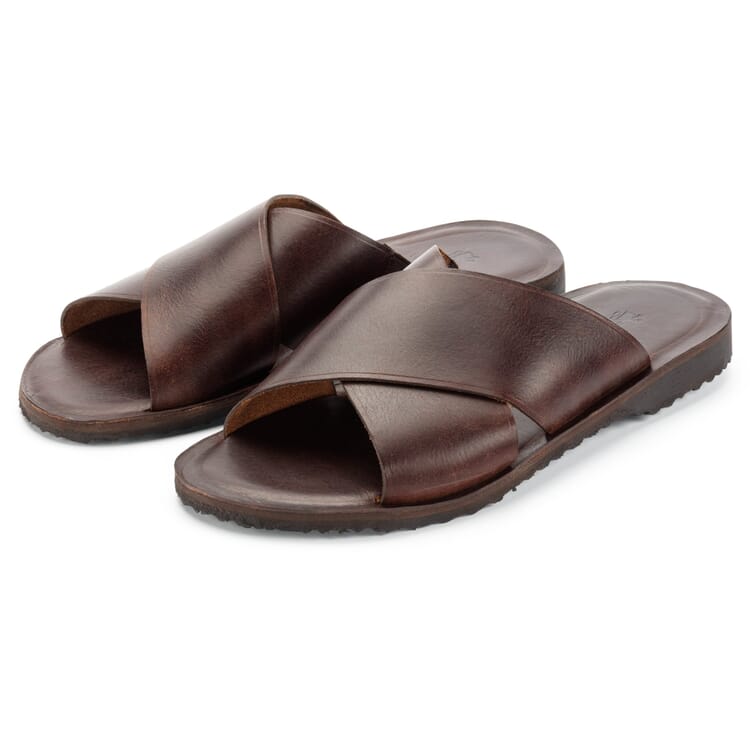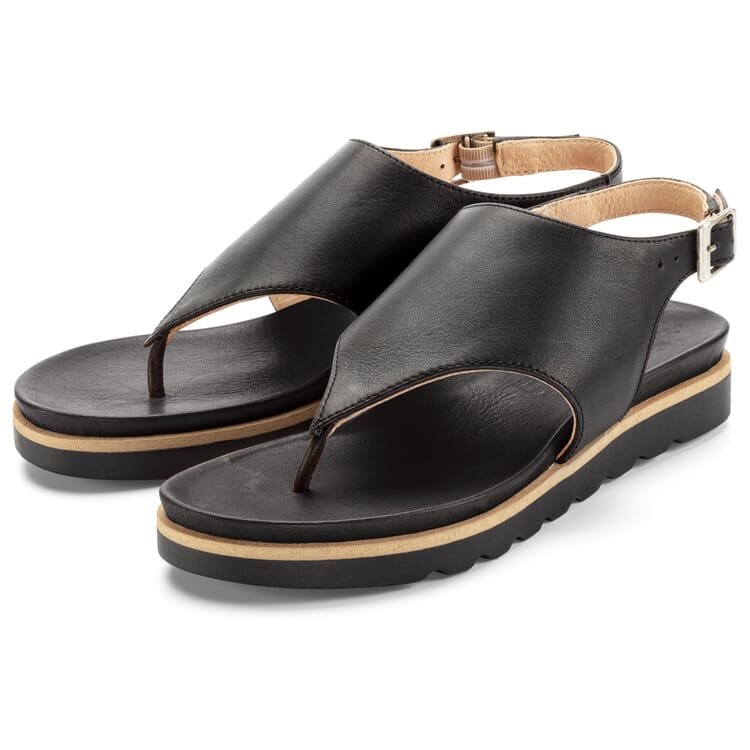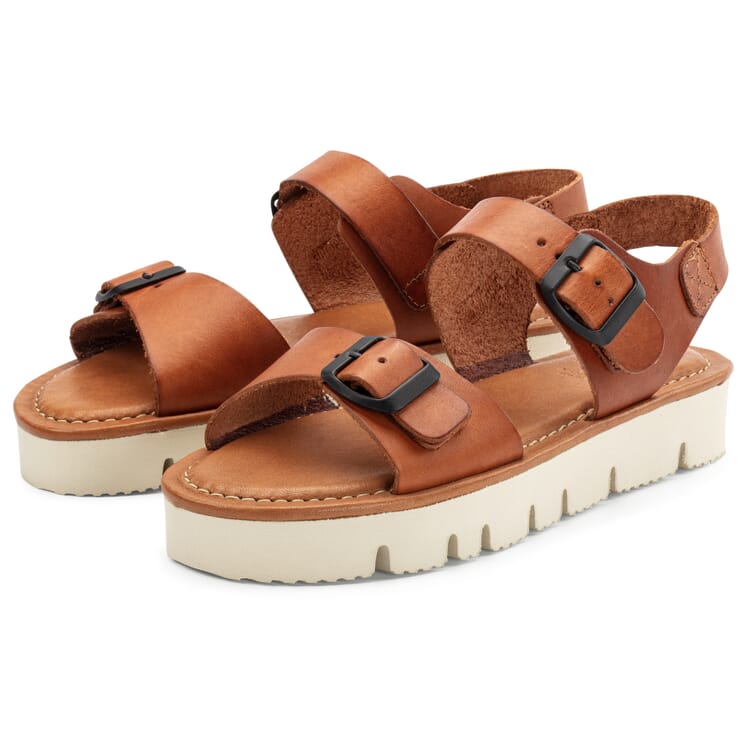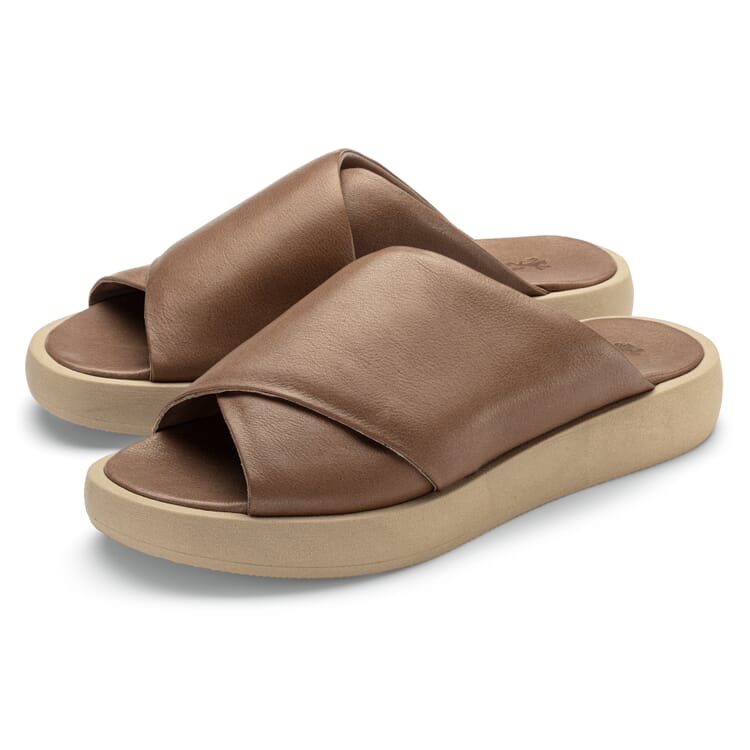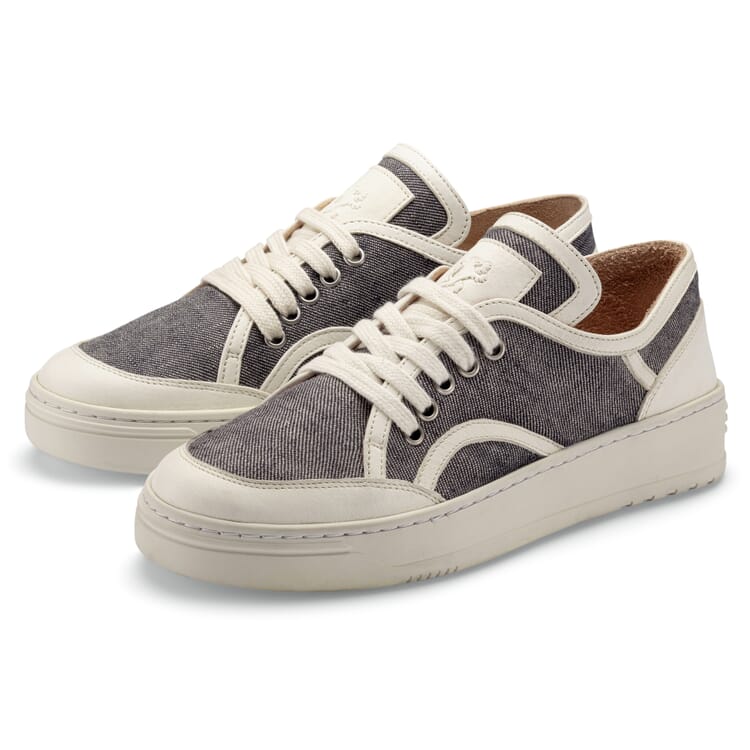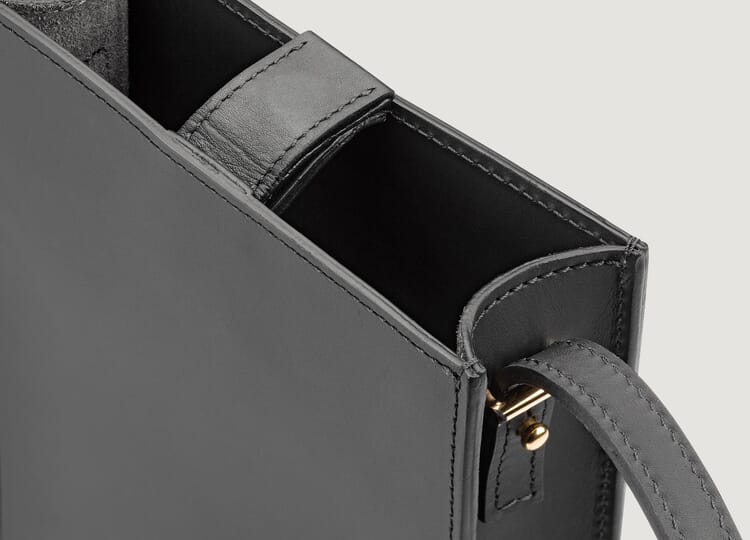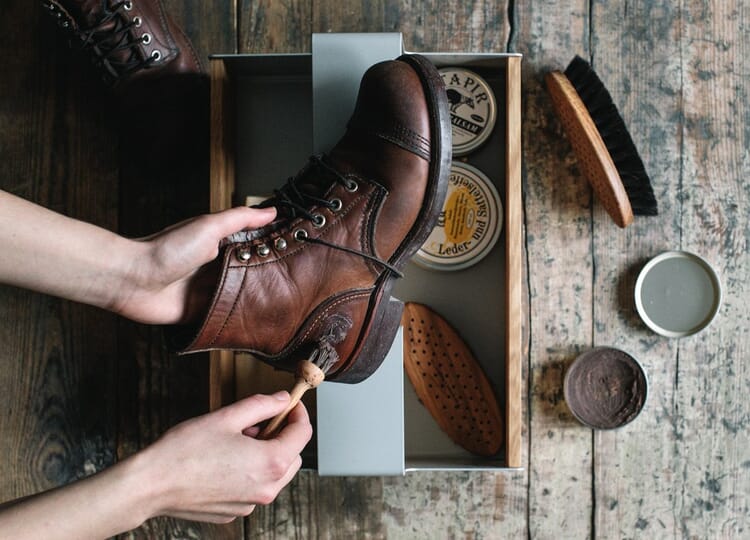Material
Nappa leather. Supple smooth leather with natural grain
Nappa leather is a dyed-through leather that is processed with the hair side facing out, i.e. on the grain side. The natural grain structure must be completely preserved and must not be altered by mechanical processes such as grinding, abrading or embossing. This is also referred to as full-grain leather. The hides of various animals can be used to produce nappa leather. Often the leather comes from calf or sheep, but also cattle, deer, goat, pig or horse hides are used for nappa leather.
The properties of nappa leather
Originally, "nappa leather" was the name for particularly supple, chrome-grained glove and clothing leathers from tanneries in California's Napa Valley, hence the name. Here, the further development of chrome tanning made it possible for the first time to produce leather of this quality on an industrial scale. Today, nappa leather is used not only for gloves and jackets, but also for shoes, bags, small leather goods and upholstery. Chrome tanning is not absolutely necessary thanks to modern tanning processes. Many chrome-free (synthetic or vegetable) tanned nappa leathers have an equally smooth and warm feel. This is clearly noticeable in our leather goods made from vegetable-tanned nappa leather. Three types of leather are subsumed under the term nappa leather: Aniline leather, semi-aniline leather and covered leather.
Aniline leather
Aniline leather - the term "natural leather" is also commonly used - is the highest quality and most valuable nappa leather. The name comes from the fact that in the past aniline, obtained from coal tar, was used for dyeing, but this is now prohibited for health reasons. In aniline leather, the grain is not covered by pigmentation, so the pore pattern remains clearly visible. Aniline leather has a particularly warm feel and is the finnest and smoothest of the nappa leathers. As a result of the missing pigment layer, the surface of the leather hide is open-pored and thus especially breathable and skin-friendly. However, this also makes the leather more sensitive to scratches, abrasion, dirt, moisture and UV radiation.
Semianiline leather
Semi-aniline leather is a "lightly pigmented leather". In order for it to be called such, under the pigment layer of the grainn must remain intact and the natural pores of the hide must remain recognizable. Semi-aniline leather is also breathable and has a warm, soft feel. Thanks to the fine pigment layer, semianiline leather is less sensitive to sunlight, has good resistance to scratches and abrasion, and is also better protected against moisture and dirt.
Pigmented leather
Since the natural grain pattern is present in pigmented nappa leather, but is completely covered with pigments, it is also called "covered leather". The dense pigment layer closes the pores, making the leather less breathable and giving it a cooler feel, but very well protected against abrasion, scratching and staining. Covered nappa leathers are more robust and easier to care for than aniline or semi-aniline leathers and are therefore often used in the upholstery leather sector.
In contrast to nappa leather, which is processed exclusively on the grain side, the flesh side of nappalan is modified by means of a coating so that it slightly resembles nappa leather in appearance. Although the surface of a "napped leather" is smooth like a grain leather, this condition is rather short-lived. This is because nappa leather coatings are usually extremely sensitive to abrasion. This means that the leather can quickly become roughened and unsightly, especially in stressed areas.
Selected products with nappa leather
Recommended Topics
Calf leather has an even, dense grain pattern, which is due to the closely spaced hair pores. Compared to the skin pattern of adult cattle, the pores are distributed over a smaller area. For this reason, calfskin is of higher quality and is preferred for fine leather goods such as accessories, clothing and shoes.
View moreLeather lives. Treatment with greasing care products not only makes it more beautiful, but also gives it back the fluidity that ensures that friction and wear are reduced and delayed in the fiber structure of its material composition.
View moreTanning is the process by which animal hide acquires its resistance to water and decay. Protein fibers are converted into leather fibers in the process - a process that cannot be replicated synthetically. In addition to the nature of the raw material, the type of tanning determines the quality and properties of the leather end product: the strength, stretchability, water tolerance, hardness or suppleness of the leather are largely determined by the tanning process.
View more
